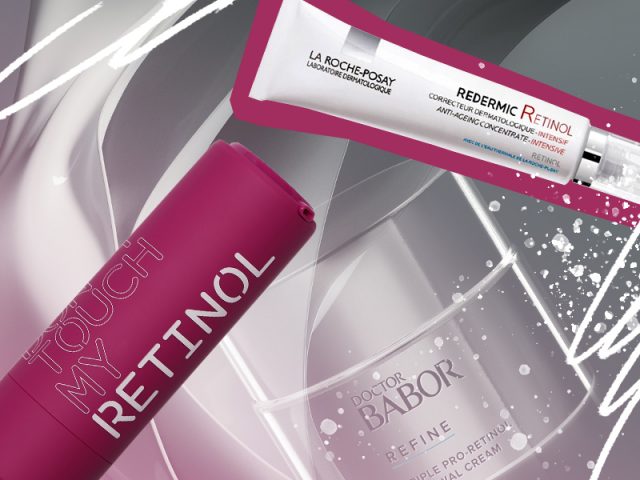
Retinol makes a steady return to our beauty routine in the middle of autumn, when sunny days dwindle and skin problems unfortunately increase. Over the past few years, retinol has become one of the most popular ingredients in cosmetics. Largely because it is working on all fronts and doing so effectively.
Retinol accelerates cell renewal, thus helping fight pigmentation and post-acne. It makes the skin more elastic by stimulating the production of collagen, elastin and hyaluronic acid. In addition, since retinol regulates sebum production, it is actively used in acne treatment.
But the miracle ingredient also has its drawbacks – it is not suitable for pregnant women and can cause retinoid dermatitis. Therefore, we turned to Evgenia Samoilova, beautician at DocDeti and DocMed clinics, to find out how to use cosmetics with retinol so as not to harm yourself. And if you already know everything about retinol, scroll down to the end – a selection of the best products is waiting for you there.
What is retinol in simple words?
Retinol is a fat-soluble vitamin A. Derivatives of this vitamin are used in cosmetics and medicines. The most common forms are retinol palmitate, tretinoin, acitretin, retinaldehyde (aka retinal), etc. Their main function is to accelerate cell division.
Retinol and retinoids: what’s the difference?

These two terms began to be used in connection with the increasing popularity of cosmetics containing different derivatives of vitamin A. Worldwide, they are all the same – retinoids, different synthetic molecules of vitamin A. But there is a division into cosmetic and medical forms. . Therefore, the ingredients of cosmetic products are often called retinol, and the external or systemic dosage forms are called retinoids.
Is it possible to prescribe retinol products yourself?
If we are talking about cosmetics, you can generally start using them without consulting a dermatologist. The important thing is to observe the skin reaction and exclude the product if there is any irritation. As for the dosage forms of retinol, they cannot be taken without consulting a specialist.
Is it possible to combine external use of retinol and oral application?
If you take both types of retinoids (both external and internal), we will experience burning, peeling, and redness. All symptoms of retinoid dermatitis in general. And there will be no better result in acne treatment or rejuvenation. Therefore they cannot be combined.
What is retinoid dermatitis?

This is the name for the side effects of retinol in any form. Dermatitis occurs when the skin becomes too dry, due to both cosmetic and medication use. It manifests itself as peeling, burning and irritation on the skin. Even where it is not applied.
What to do in this situation? To begin with, limit retinol use for a while. And add a moisturizing or soothing cream to your care to repair your skin. Once you have healed, you can slowly reintroduce retinol.
What cosmetic ingredients should you not combine retinol with?
It is not recommended to use retinol together with aggressive ingredients. That is, those that can cause irritation or burning. Retinoids themselves are highly irritating, so adding acid to them will increase the side effects of retinol. On the contrary, all ingredients aimed at moisturizing and healing are an ideal pair for retinol. Vitamin C also works well in a duet with it and together they do an excellent job of pigmentation.
When should Retinol not be used?

It is necessary to stop in cases where the girl finds out that she is pregnant or makes deliberate planning. You may also want to stop using retinol if you know you won’t be able to get adequate sun protection. Otherwise, you may experience skin burns and pigmentation.
At what age can you use products containing retinol?
According to international data, dosage forms can be used to treat childhood acne in children of the first year of life. But if we talk about cosmetic forms, they can be used at the first signs of aging or pigmentation. While some people experience symptoms at the age of 20, some do not need to use retinol even at the age of 30. Here you need to trust the testimony of a beautician.
Many people are afraid to use retinol. What arguments for and against can you present?
The main argument for retinol in cosmetics is that it has an impressive evidence base for effectiveness and safety. We know exactly how it works and what we can expect from it.
Its disadvantage is that its use and course are limited during pregnancy planning.
The best products with retinol, according to The Fashion Vibes editors
Anti-aging cream with cycanoids and retinol for face Scinic
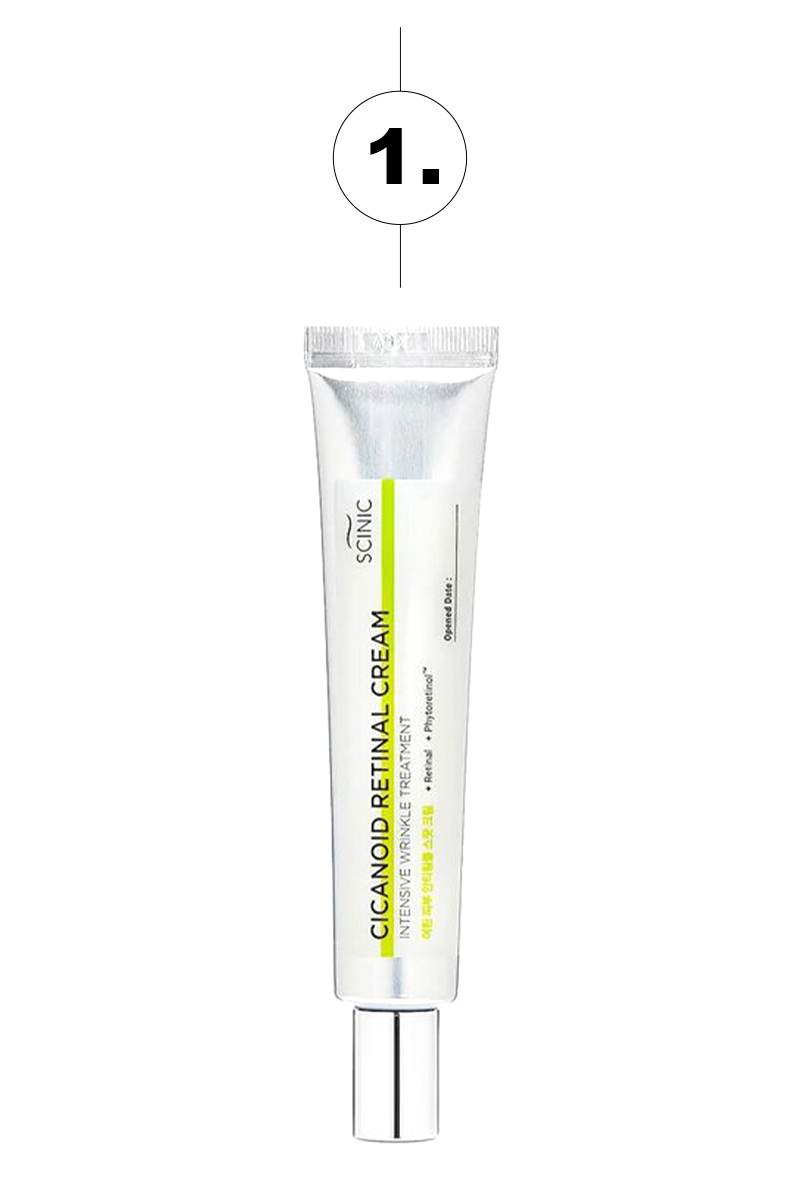
In addition to retinol, the formula contains a rare ingredient called cycanoid. This is the development of Korean scientists – a component that combines the beneficial properties of Asian centella and flavonoids. Therefore, its name came from the combination of two words: centella asiatica and flavonoid. Cycanoid is responsible for restoration, so it goes well with retinol.
Smoothing night cream Cleanance Women, Avene, 2600 rub.
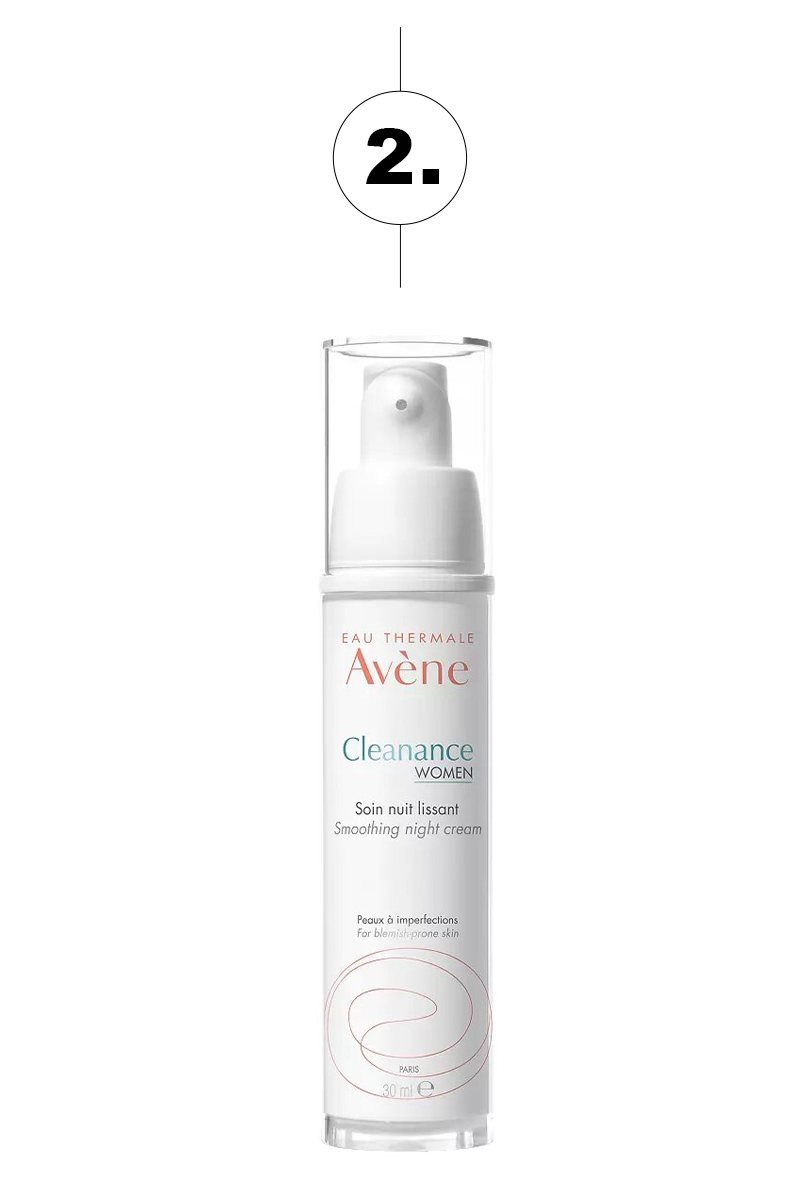
The formula of the cream contains retinal (identified as Retinal in composition), one of the most effective forms of vitamin A, available over-the-counter in cosmetics. It stimulates cell renewal and collagen synthesis. And since retinol is generally recommended for use at night, the night cream format is an ideal option.
Triple Pro-Retinol Renewing Cream, Doctor Babor
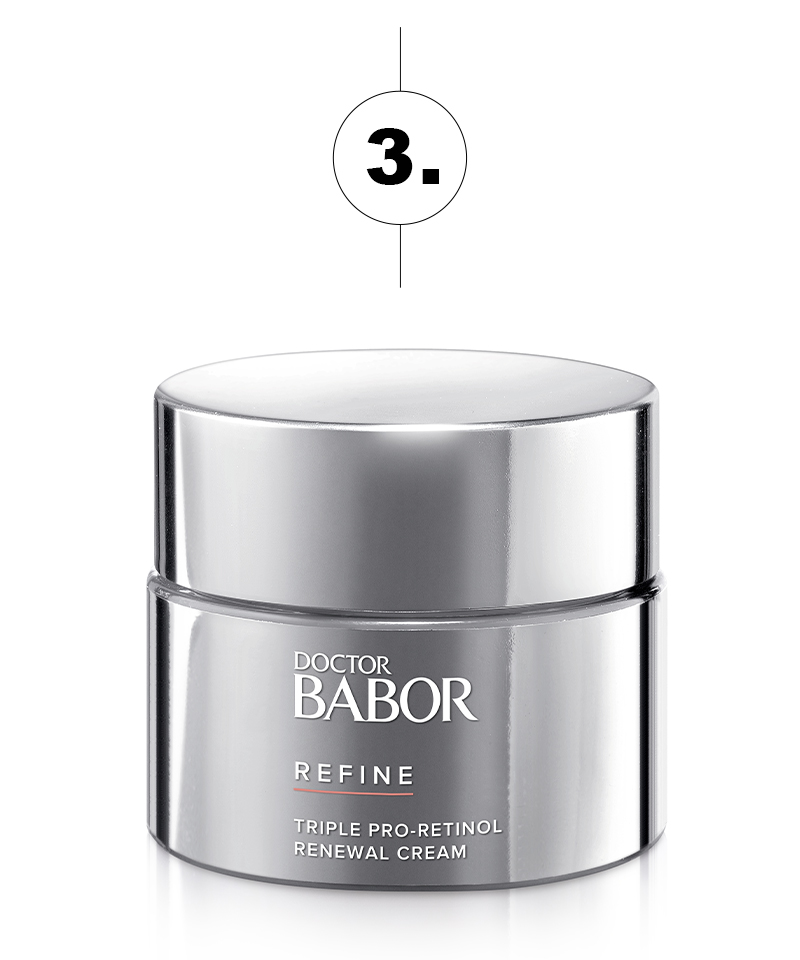
Babor’s new product for fall is an anti-aging cream that contains two types of retinol and its plant analogue, bakuchiol. The product has three main tasks: even out tone, smooth wrinkles and minimize hyperpigmentation. Therefore, it is better to choose it for those who have mature skin that requires solving certain problems.
Retinol Cream Intensive Retinol, Institut Esthederm
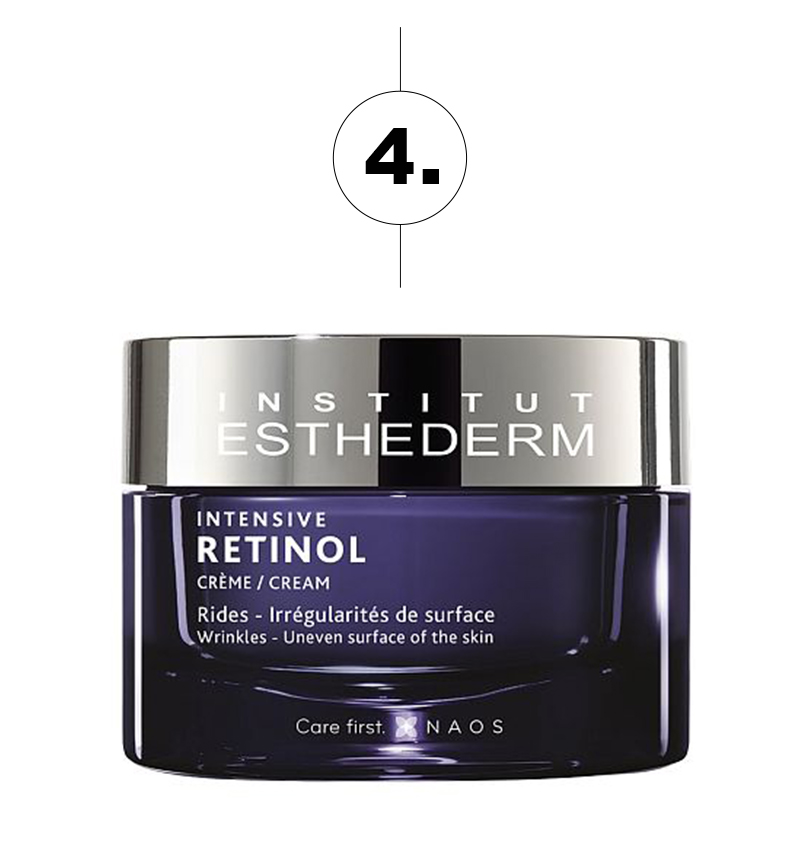
This cream is suitable for all skin types, including sensitive skin. Its formula contains 0.3% concentration of retinol, squalene and glycerin. Therefore, the cream will act gently but effectively, without irritating the skin. So it is suitable even for those with reactive skin.
Serum with 0.4% retinol, DTMS
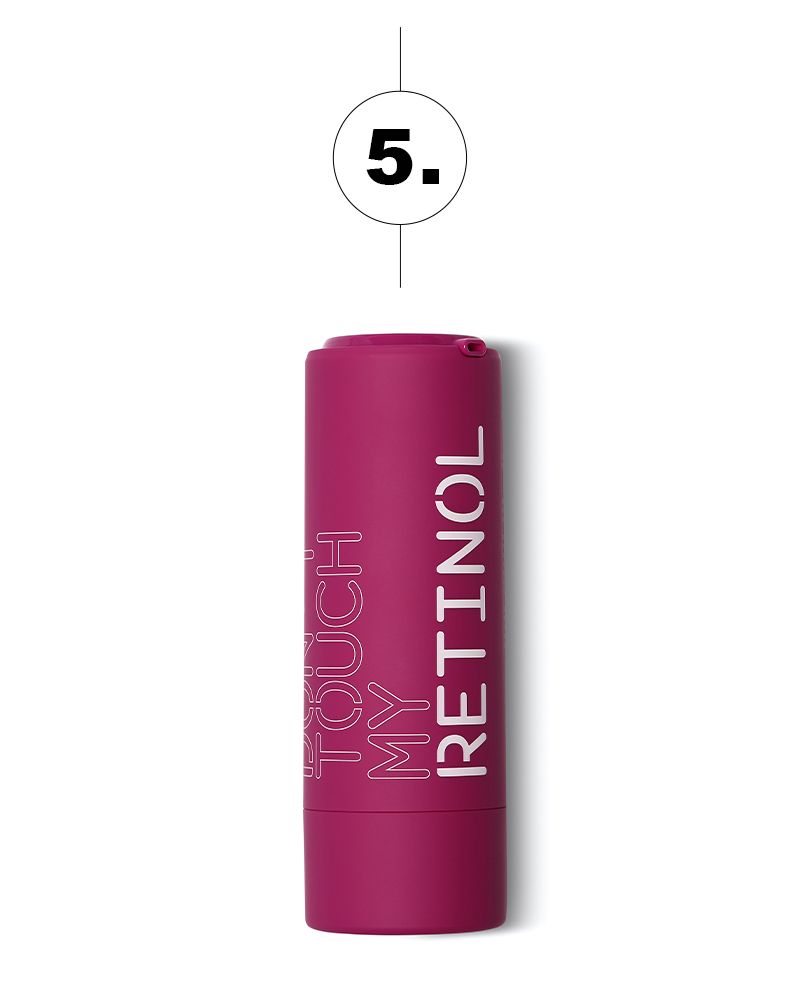
A serum with which you can safely start your acquaintance with retinol. It does not contain such a large but working concentration of matter. Therefore, the product is ideal for beginners. In addition to retinol, it also contains niacinamide, another fall favorite. It soothes the skin and regulates sebum production.
Intensely concentrated anti-aging care Redermic Retinol, La Roche-Posay
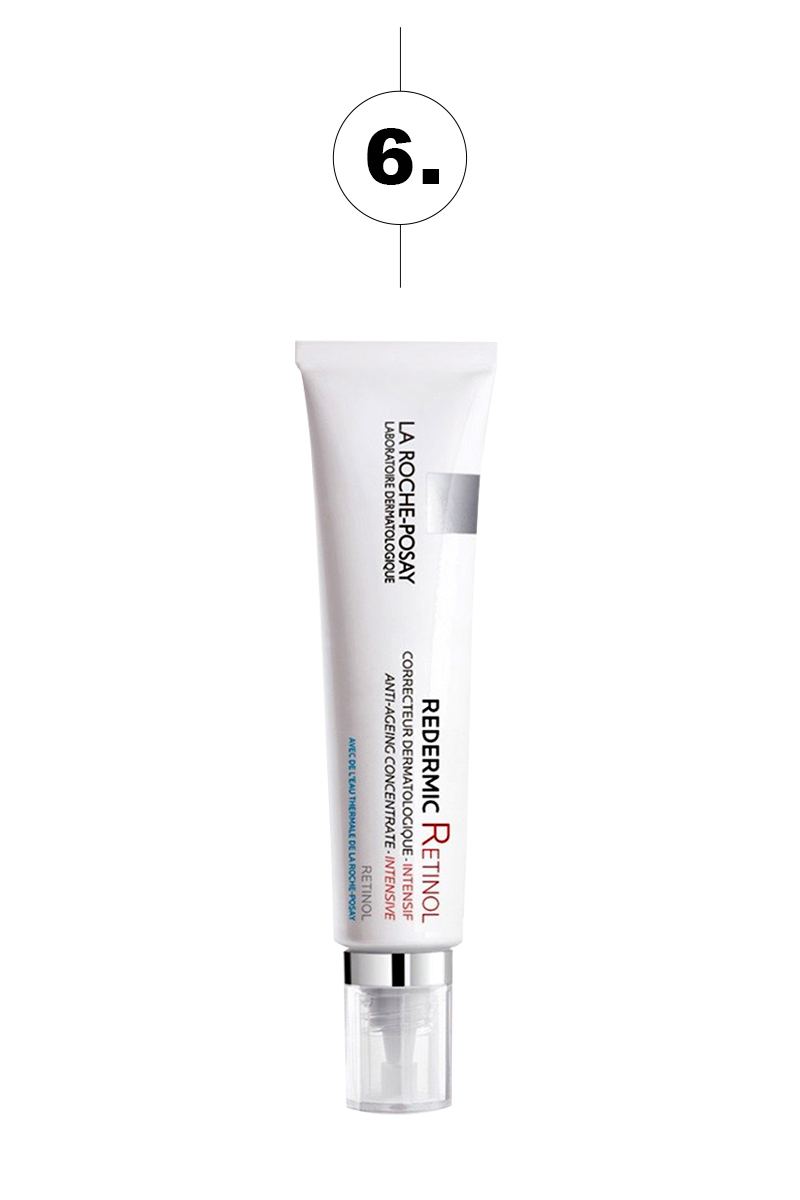
The product can be applied in different ways – specifically on problem areas of the skin (pigment spots, fine wrinkles) or evenly on the entire face. The cream formula contains pure retinol and sequential-release retinol. This means that the ingredient acts gradually, reaching optimum concentration on the skin and providing an effective effect.
Liposomal serum with retinol 1% Anna Sharova
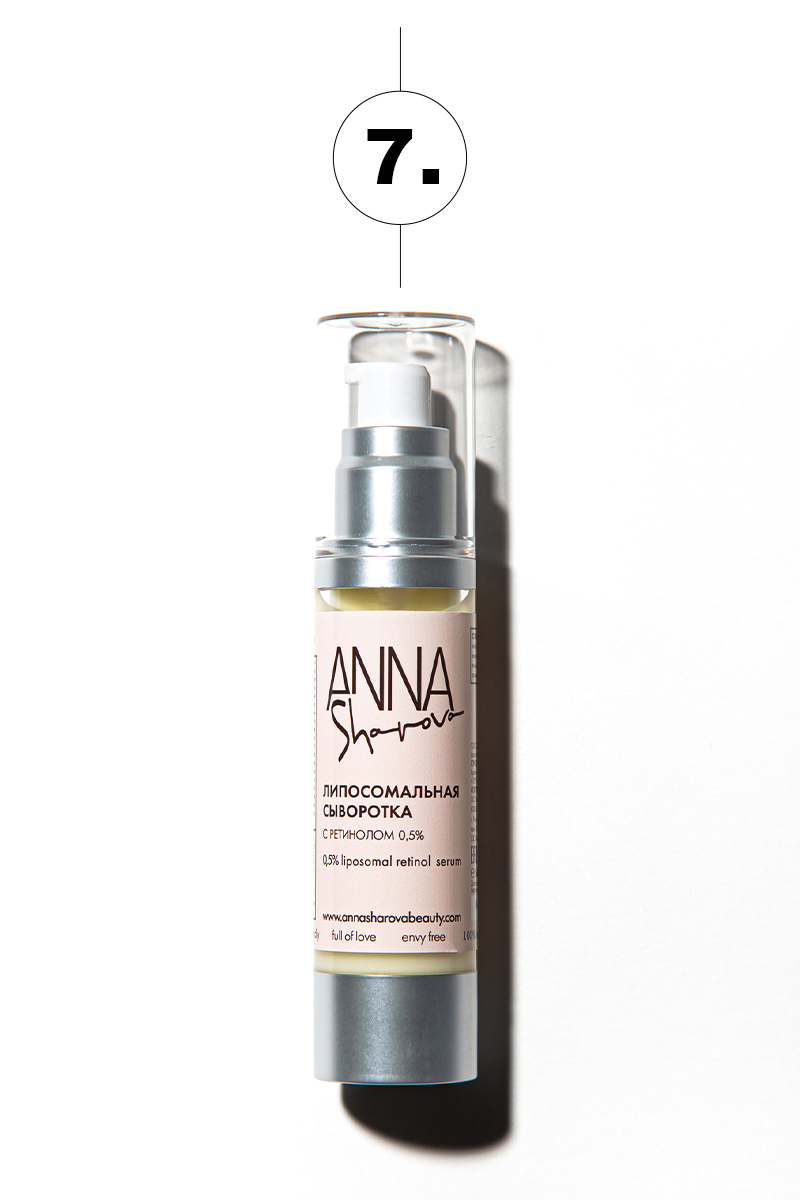
The main feature of the serum is its liposomal technology. It is a form of delivering active substances directly to the cell by increasing their bioavailability. Thus, liposomes enable the delivery of retinol directly to the dermis, bypassing the epidermis. This allows you to increase the effect of use.
Night serum for face in capsules Super-R, Oskia
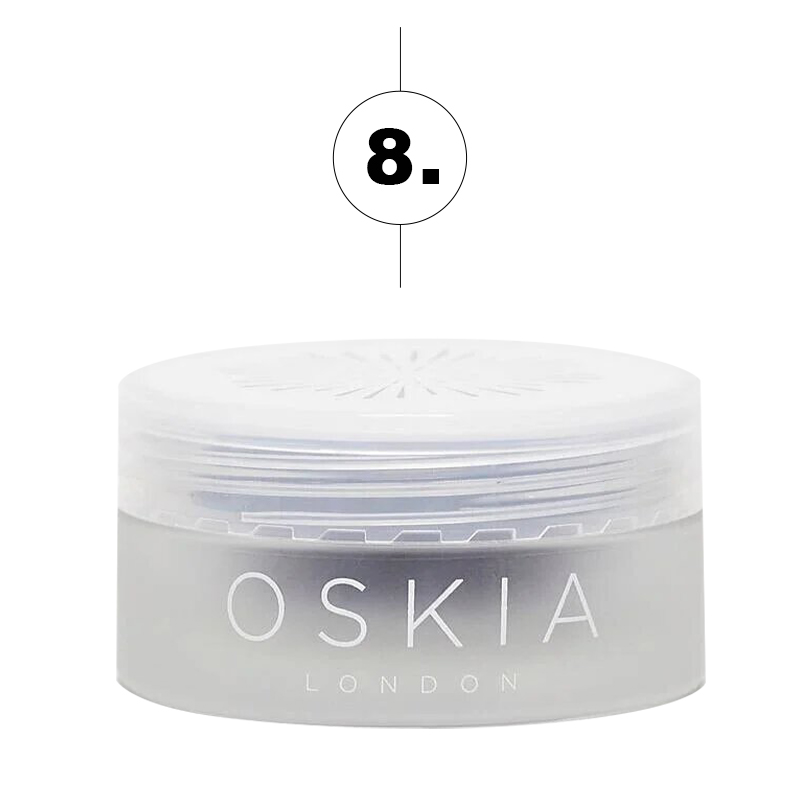
The most unusual (and in the case of the British brand Oskia, the most beautiful) form of retinol is capsules. The large ice jar contains 60 capsules, which need to be broken and the contents applied to the facial skin. It turns out that the brand has found the ideal dose of the substance for you. The formula of the night serum includes a complex of retinoids and vitamins C (which, by the way, enhances the effect of retinol) and E.
Source: People Talk
I’m Roger Gritton, and I’ve been writing for the The Fashion Vibes for over 5 years now. My specialty is beauty news; I’m passionate about covering the latest trends, products, and innovations in the industry. In my time there, I’ve become known as an authority on all things beauty-related.
I love discovering new experts to interview, researching up-and-coming ingredients and techniques that are making their way onto our beauty shelves and highlighting people who are making a difference in the world of cosmetics. My work has appeared not only on The Fashion Vibes, but also several other publications including the New York Times Magazine, Allure Magazine and Refinery29.





